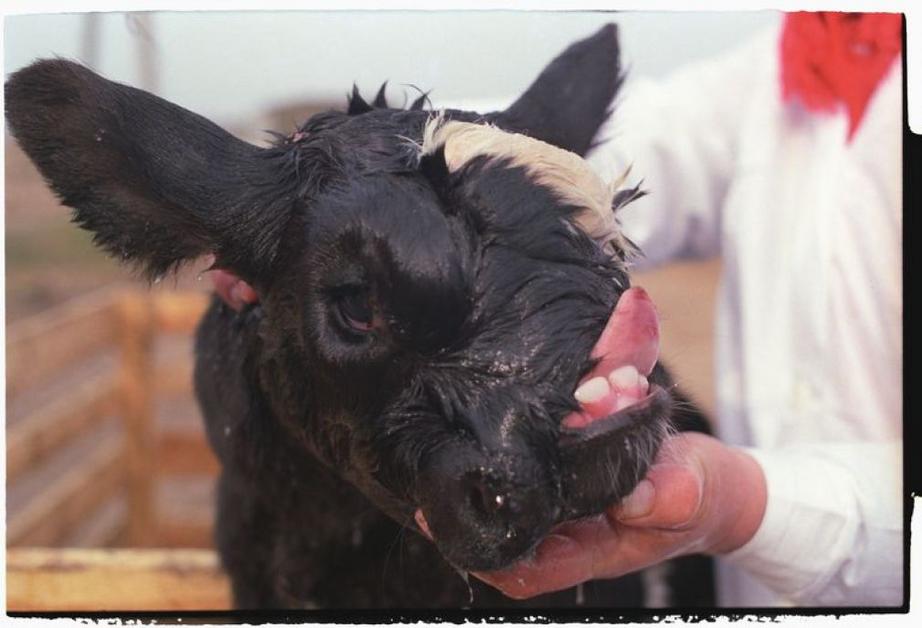Chernobyl's animal mutations
... shed light on the impact of nuclear releases
Igor Kostin photographed animal mutations that may indicated Chernobyl sarcophagus leaks.
The 1986 Chernobyl accident resulted in one of the highest unintentional releases of radioactivity in history. The graphite moderator of reactor 4 was exposed to air and ignited, shooting plumes of radioactive fallout across what is now Belarus, Ukraine, Russia, and Europe. While few people live near Chernobyl now, animals living in the vicinity of the accident allow us to study the effects of radiation and gauge recovery from the disaster.
Most domestic animals were moved away from the accident, and those deformed farm animals that were born, did not reproduce. After the first few years following the accident, scientists focused on studies of wild animals, and pets that had been left behind, to learn about Chernobyl's impact.
Although the Chernobyl accident can't be compared to effects from a nuclear bomb because the isotopes released by the reactor differ from those produced by a nuclear weapon, both accidents and bombs cause mutations and cancer.
It's crucial to study the effects of the disaster to help people understand the serious and long-lasting consequences of nuclear releases. Moreover, understanding the effects from Chernobyl may help humanity react to other nuclear power plant accidents.
The Relationship Between Radioisotopes and Mutations
Radioactivity has enough energy to damage DNA molecules, causing mutations.
You may wonder how, exactly, radioisotopes (a radioactive isotope) and mutations are connected. The energy from radiation can damage or break DNA molecules. If the damage is severe enough, cells can't replicate and the organism dies. Sometimes DNA can't be repaired, producing a mutation. Mutated DNA may result in tumors and affect an animal's ability to reproduce. If a mutation occurs in gametes, it can result in a nonviable embryo or one with birth defects.
Additionally, some radioisotopes are both toxic and radioactive. The chemical effects of the isotopes also impact the health and reproduction of affected species.
The types of isotopes around Chernobyl change over time as elements undergo radioactive decay. Cesium-137 and iodine-131 are isotopes that accumulate in the food chain and produce most of the radiation exposure to people and animals in the affected zone.
Examples of Domestic Genetic Deformities
This eight-legged foal is an example of a Chernobyl animal mutation.
Ranchers noticed an increase in genetic abnormalities in farm animals immediately following the Chernobyl accident. In 1989 and 1990, the number of deformities spiked again, possibly as a result of radiation released from the sarcophagus intended to isolate the nuclear core. In 1990, around 400 deformed animals were born. Most deformities were so severe the animals only lived a few hours.
For the rest of this article please go to source link below.

